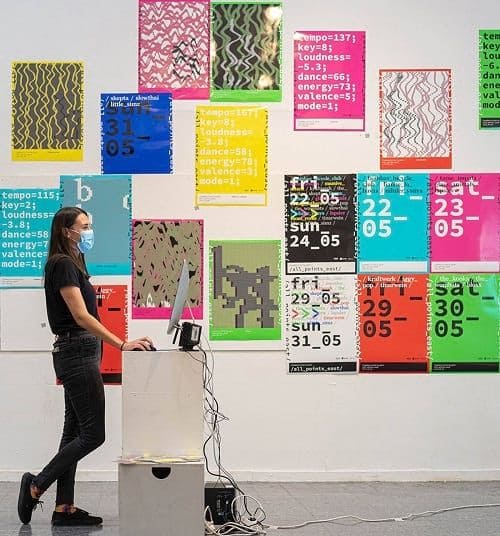A Complete Guide to a Career in Visual Communication
If you have a creative flair, a passion for design, and an eye for engaging and impactful visuals, consider a career in visual communication. A career in visual communication option with immense growth potential across all channels, including print, broadcast, and the web.
Humankind has expressed itself through images since the beginning of civilisation. Studies show that visuals can communicate complex ideas more effectively than words.
Present-day visual communicators connect with their audience through the power of images in a variety of visual formats, such as drawings, photographs, illustrations, graphics, animations, and GIFs.



